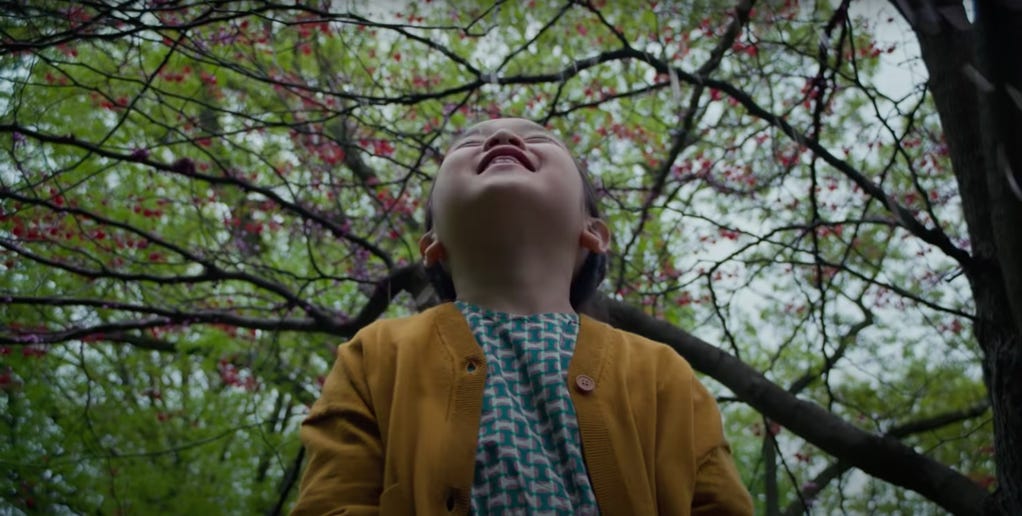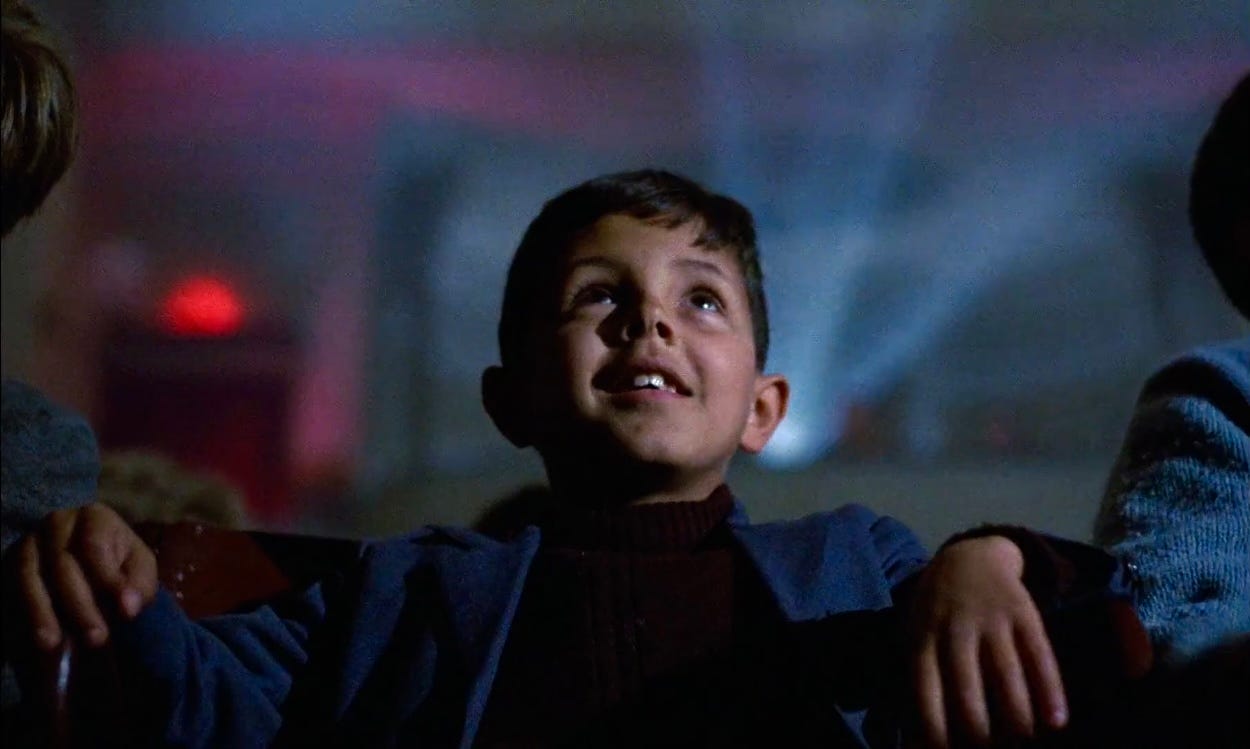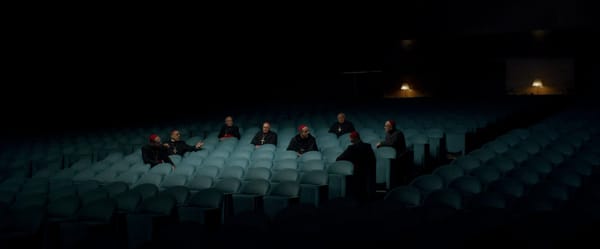There is joy in mundanity
The intimacy of memories in After Yang (2021)

Humans are storytellers. We go through our lives telling stories.
When we meet someone for the first time, we tell them a story: This is my name. This is what I do. This is where I live. This is where I’m from. As we get to know and trust them, we share more: This is what brings me joy. This is what doesn’t. This is who I am when I’m sad. This is where I find peace. And hopefully, eventually, we begin making space in our stories to hold a piece of theirs too.
These stories we share about ourselves are often rooted in our memories, where the person we are today interweaves with who we were yesterday and all the yesterdays before that. Even the memories lost to our minds’ deepest recesses still play a part in our present-day selves.

In a 2021 film called After Yang, a family’s android companion breaks down, leaving them desperately searching for a way to fix him. Along this journey, they must learn to make peace with letting go and finding comfort in their memories. After Yang is a story that, instead of vilifying artificial intelligence, imagines a future in which AI exists amiably amongst humans. It’s a future in which AI and humans are working towards the mutual purpose of nurturing, teaching, and admiring fellow humans.
While Yang is undergoing the AI equivalent of surgery, a marble-sized module is found in his chest. The family unlocks this piece of Yang’s technology and what follows is a mesmerising, dream-like sequence of what is essentially Yang’s entire world: his loves, his losses, and everything in between. The most impactful aspect of this scene, however, is in the seemingly inconsequential moments that make it into Yang’s memory storage.
No big celebrations. No spectacles. Rather the clenching hand of a newborn, a canopy of trees against the sky, tea leaves whirling inside a glass. In the context of this film, Yang is what we can assume to be the most advanced technology invented and yet he finds gravity in the lone woman reading on a bench and in the shadows fluttering across his bed. He could’ve gathered a vast record of the grandness of earthly existence yet it’s in life’s daily mundanities that Yang finds the richest treasures.

Upon seeing Yang’s memories, the family begins to recall their own memories of him. And unlike the rest of the film, which keeps the audience physically distanced from the characters and events, the depiction of these memories draws us into their lives. Instead of watching a conversation unfold through a doorway from the other side of a corridor, the memories are close-up shots of the characters’ faces. The camera unsteadily follows their movements as they talk, inviting us to become part of the experience.
In this, After Yang reveals the intimacy of allowing others to not only know our most personal memories but also to become a part of them. It’s a story that is less so about AI’s inevitable inception into our societies but rather about the value of our memory: how deeply it reflects who we are, our relationships with the world, and how much of ourselves we have to lose without it. It’s a reminder that oftentimes life is not in the extraordinary but in the stillness in between.
If you’ve found value, joy, or comfort in The Kulturalist, consider clicking the button below to support my work. Your generosity keeps the words flowing. Thank you for being here!
If you enjoyed this post, you might like this one about embracing solitude:







